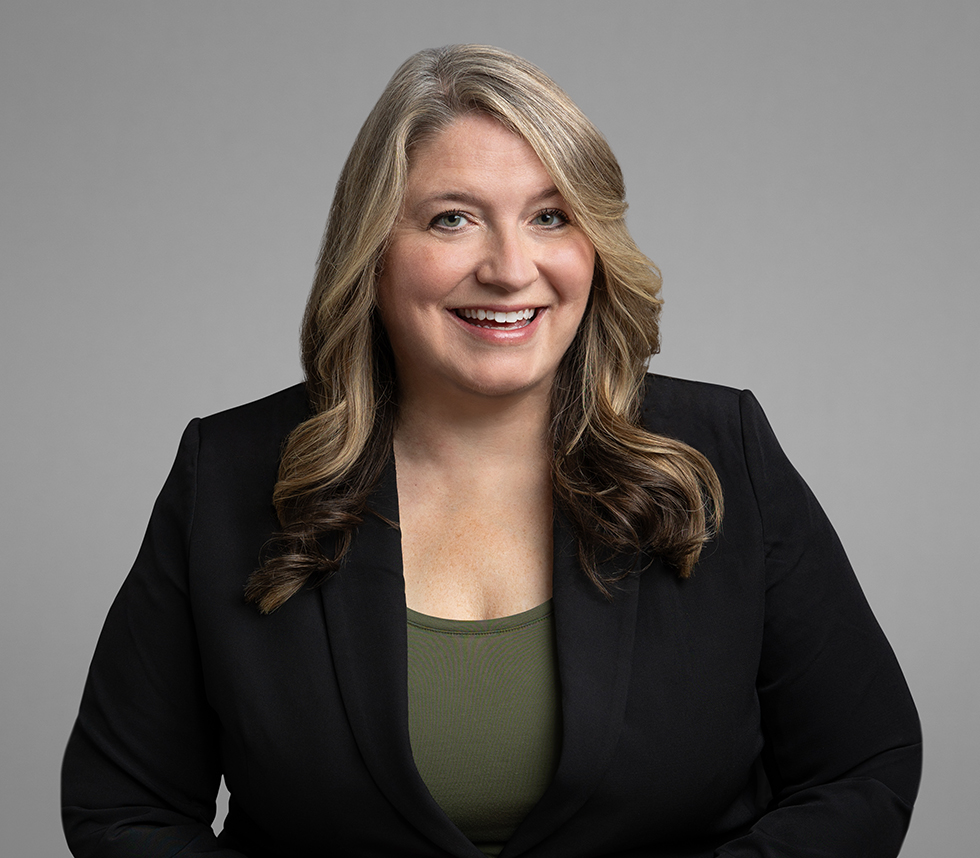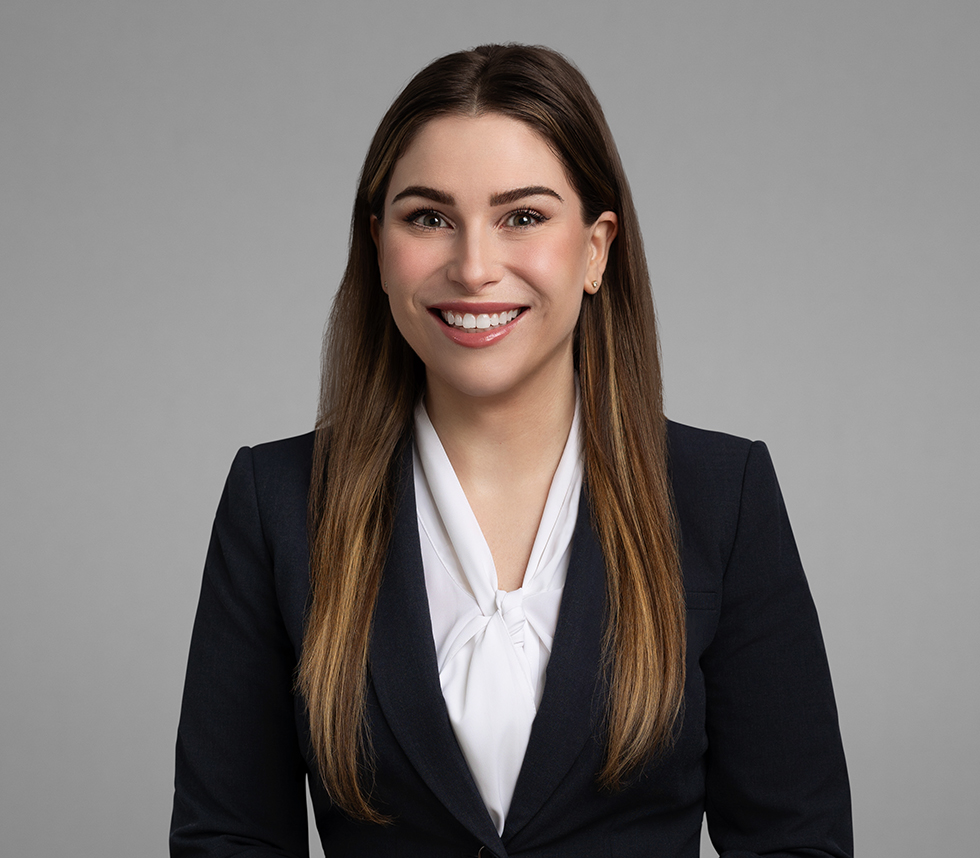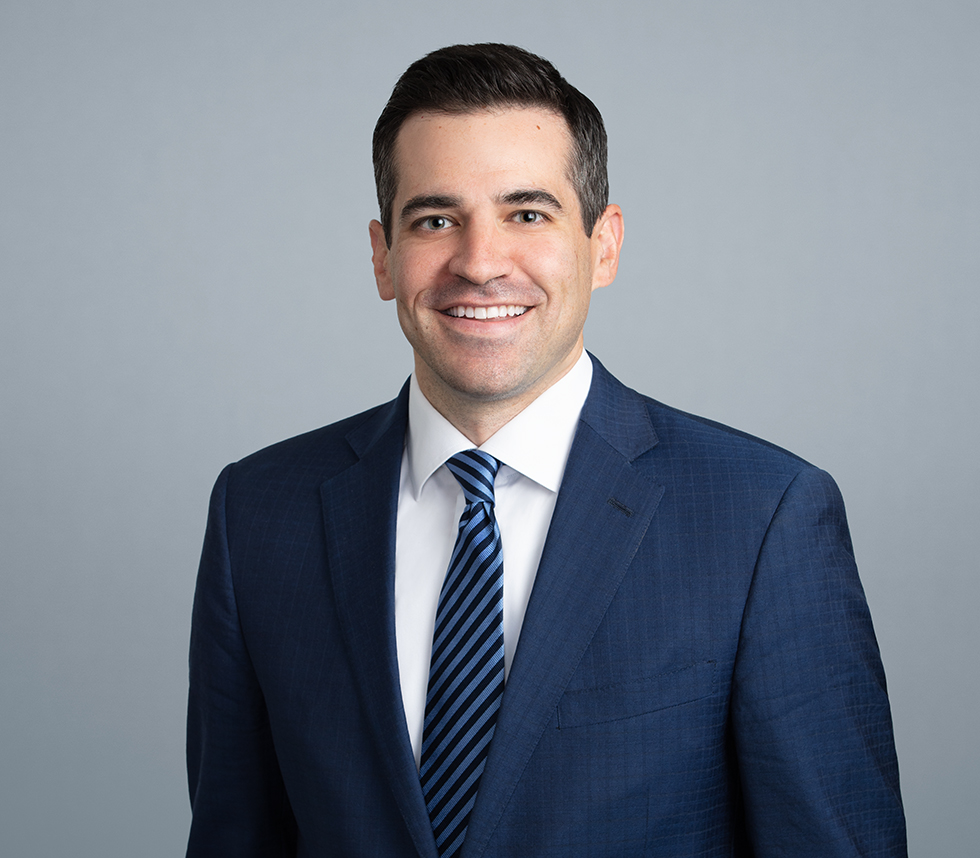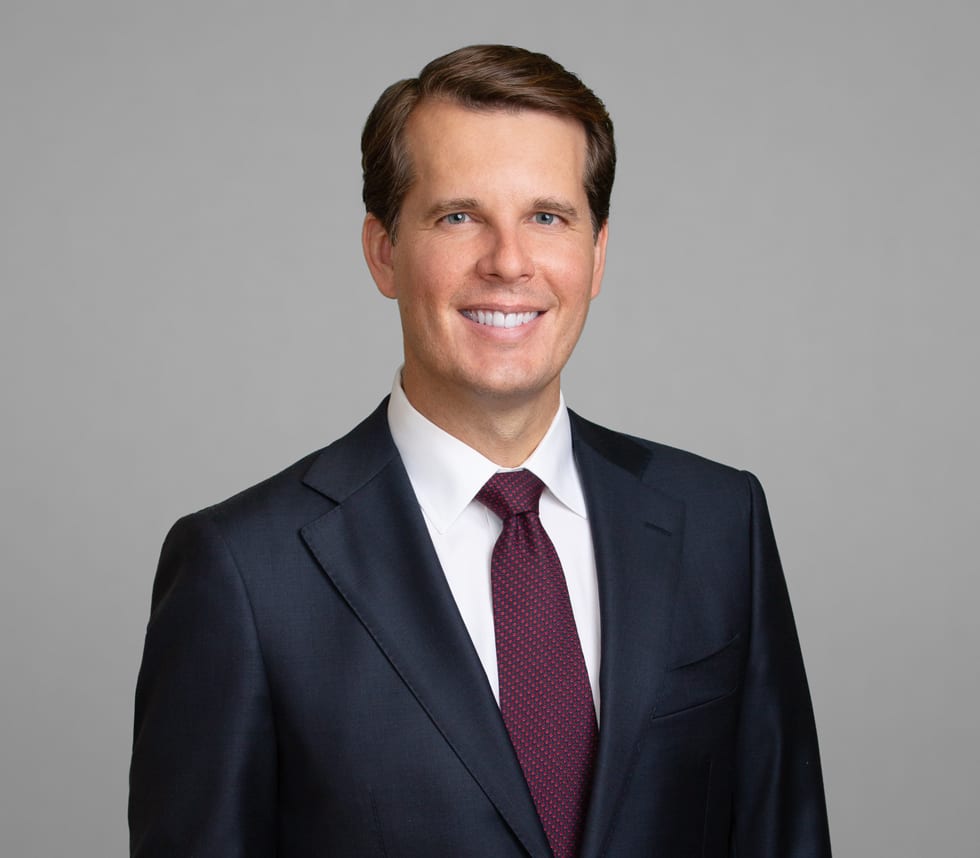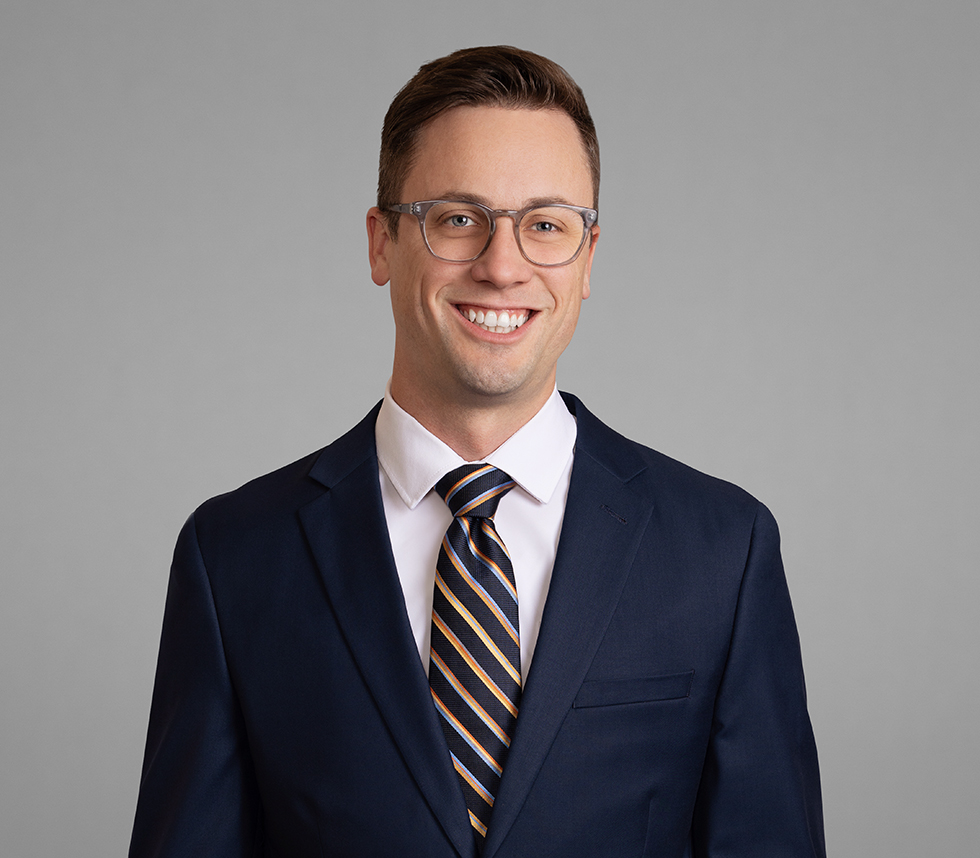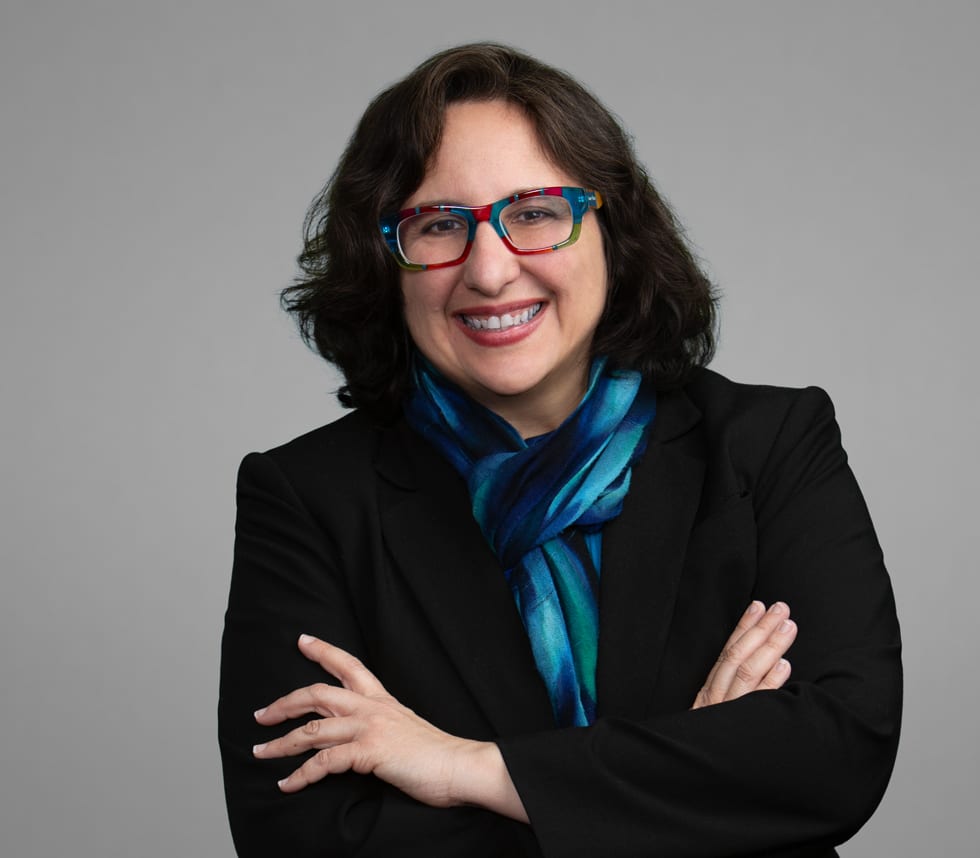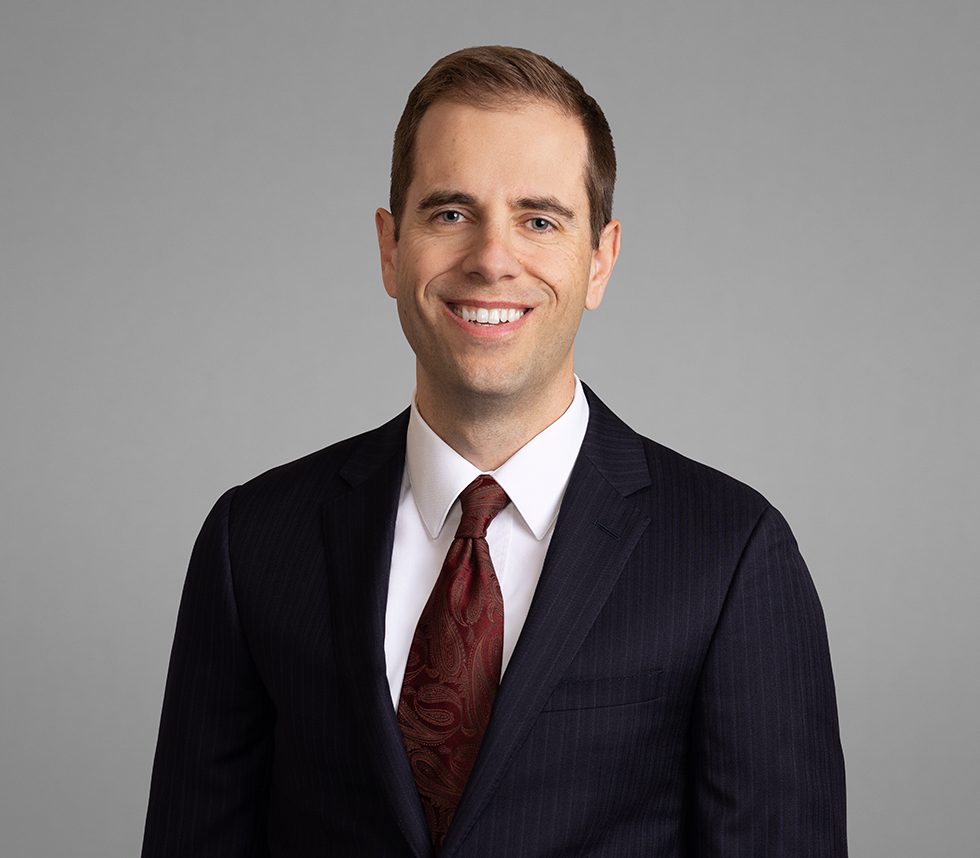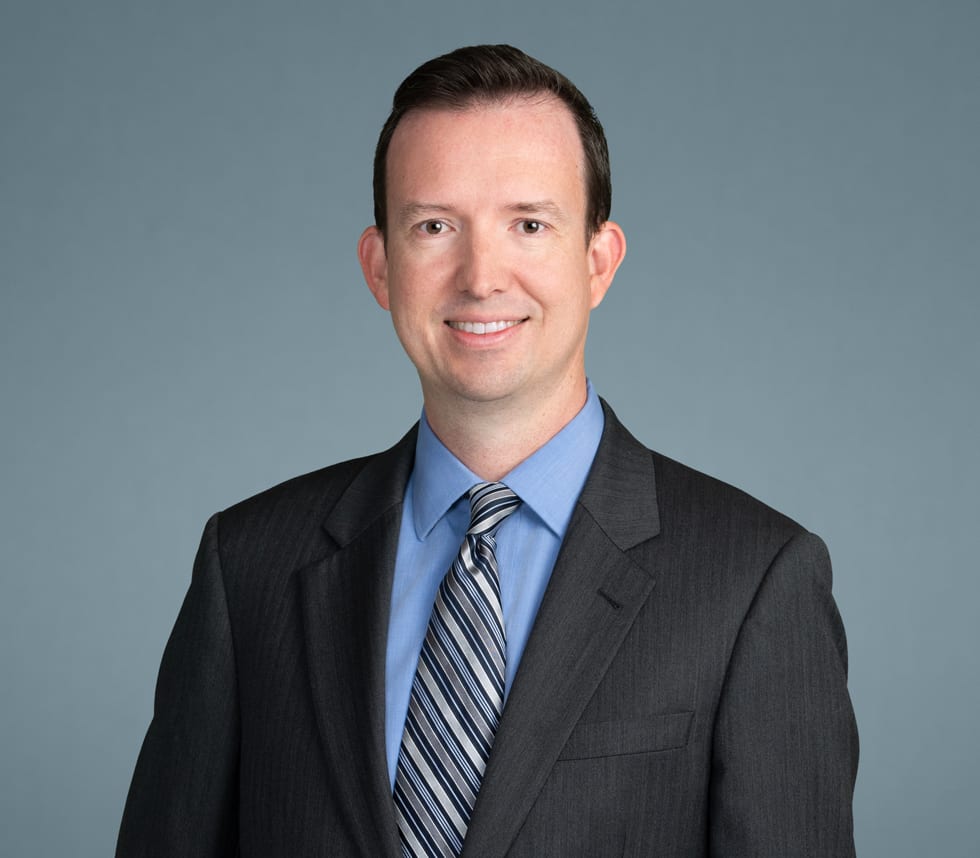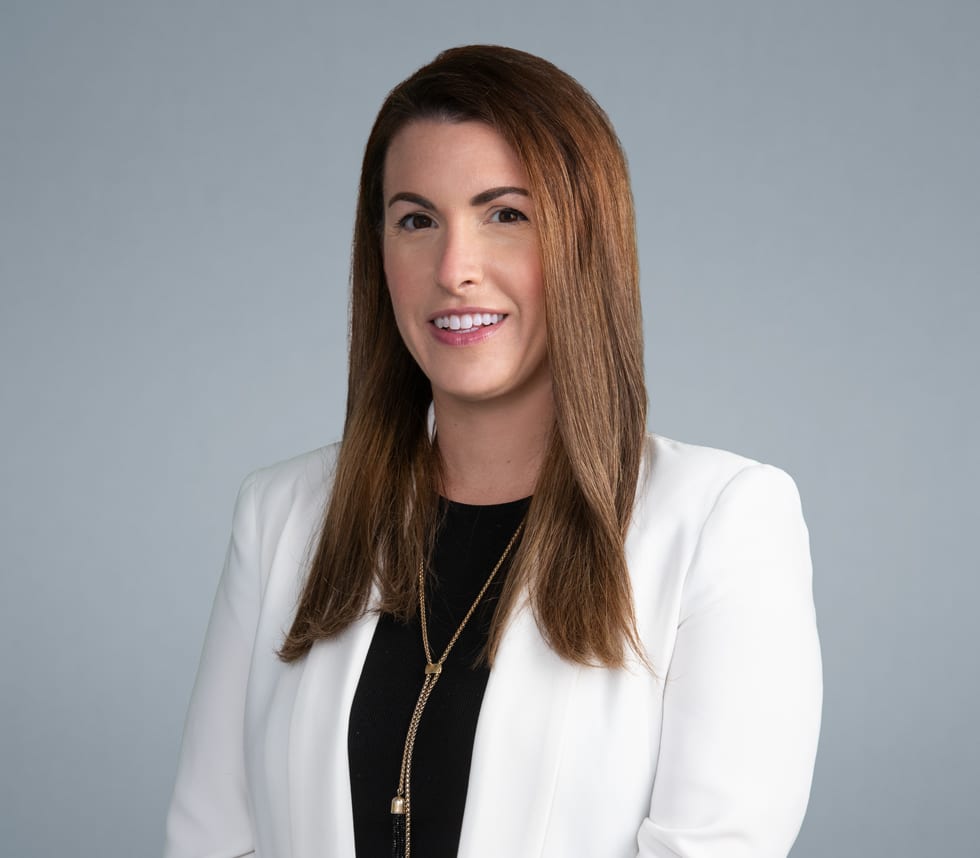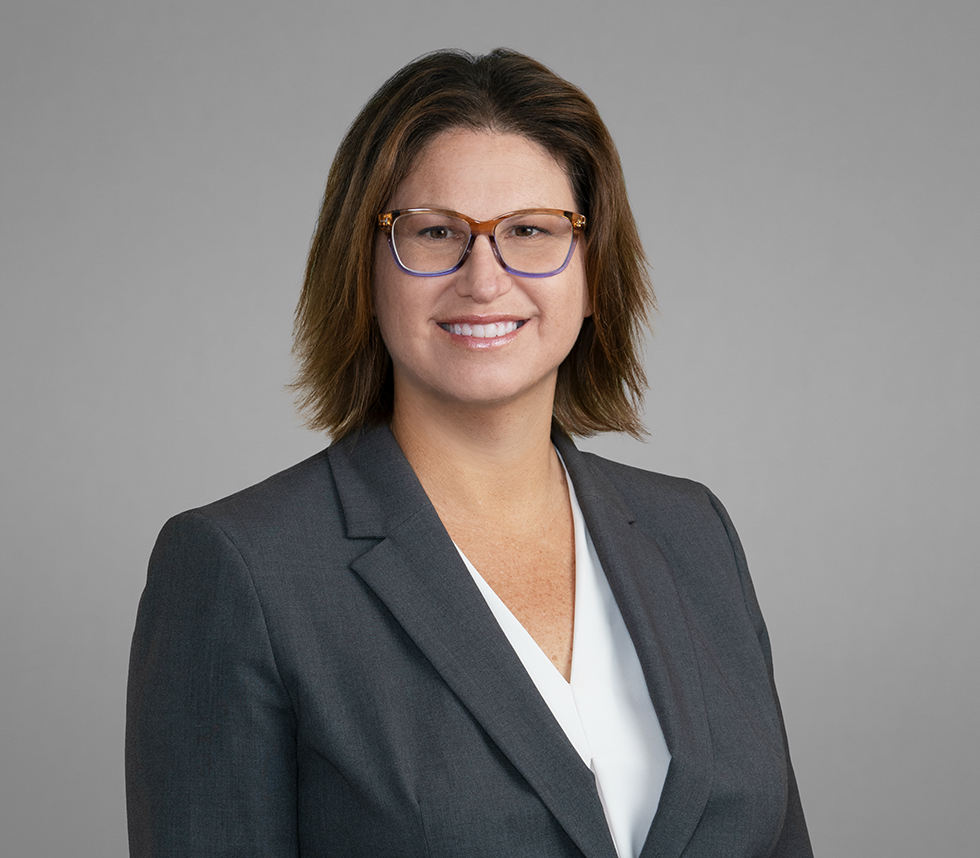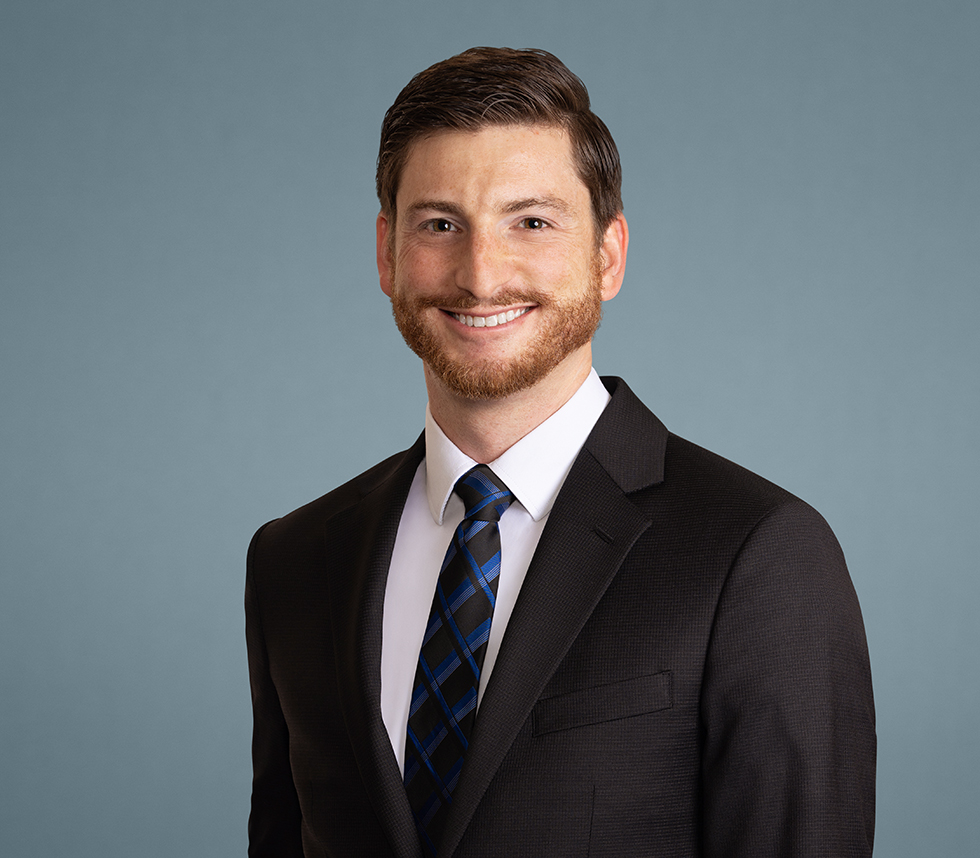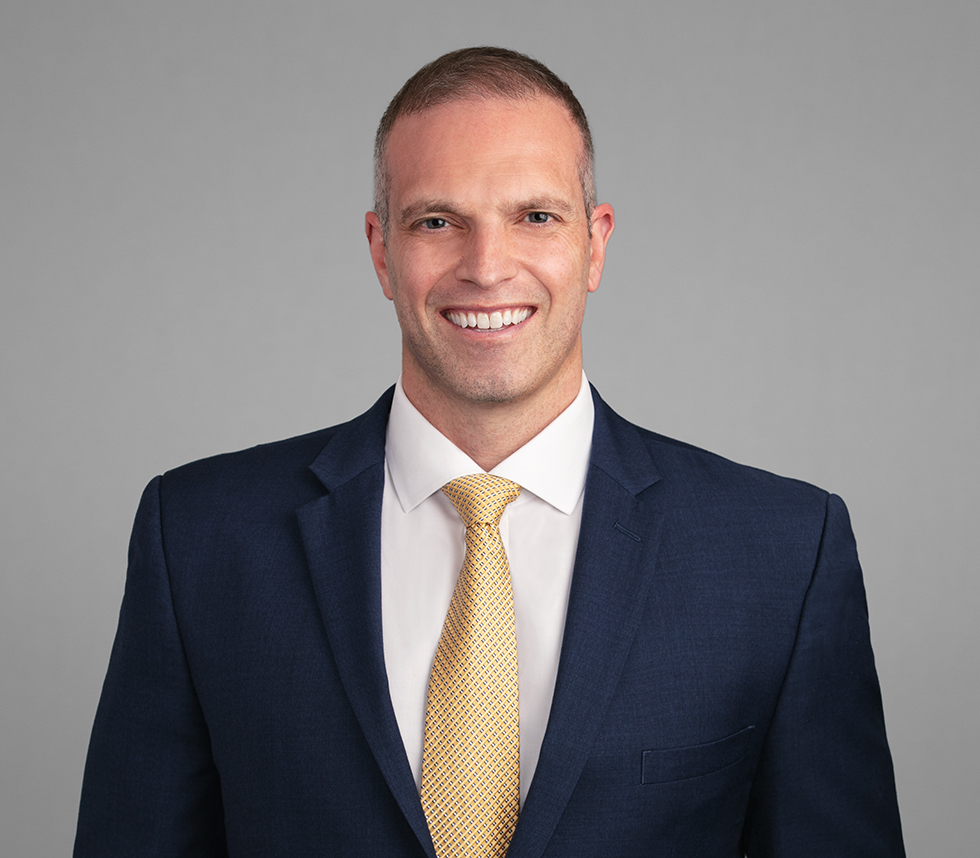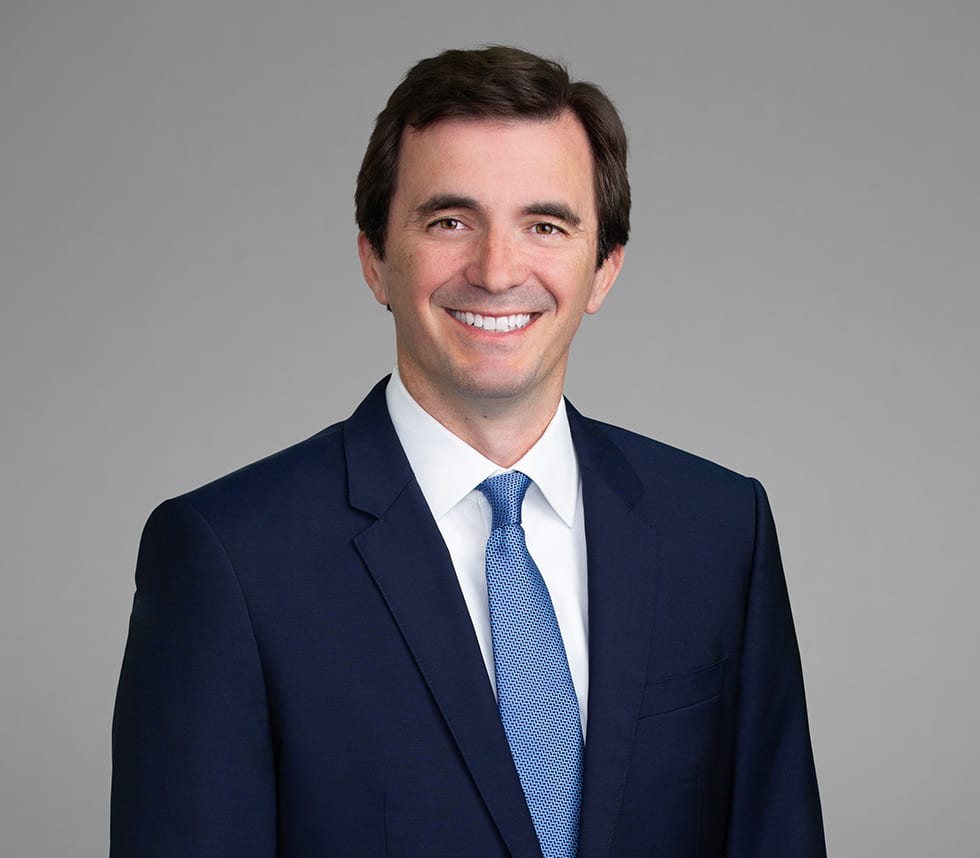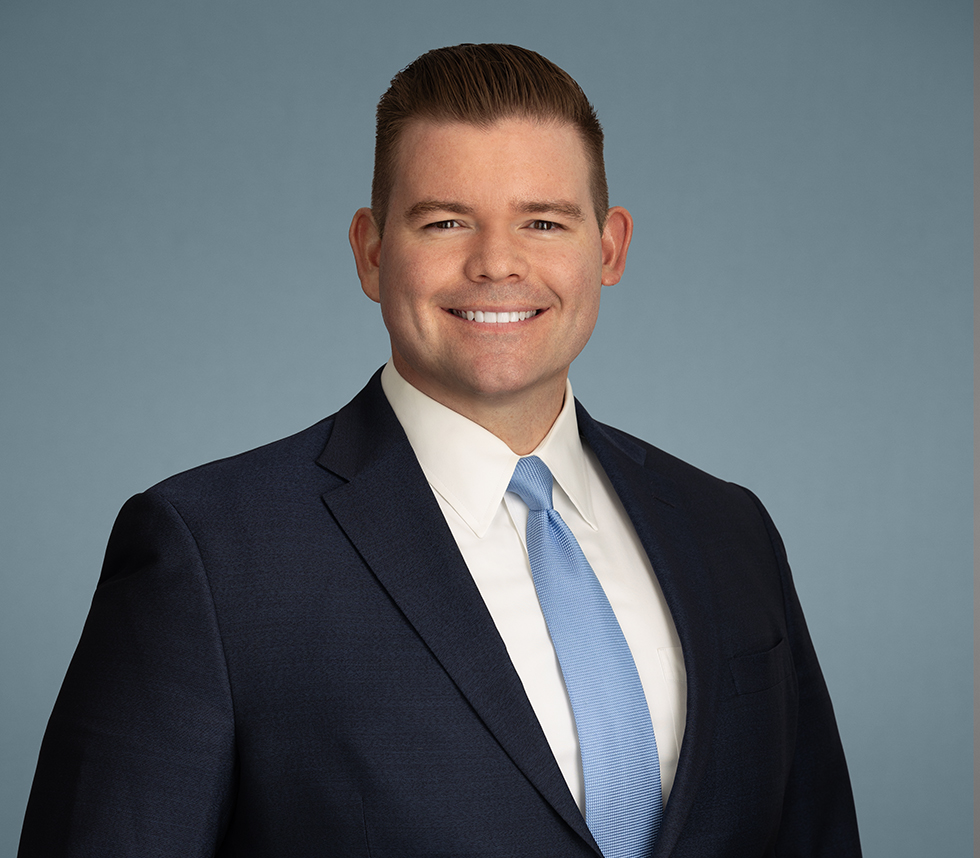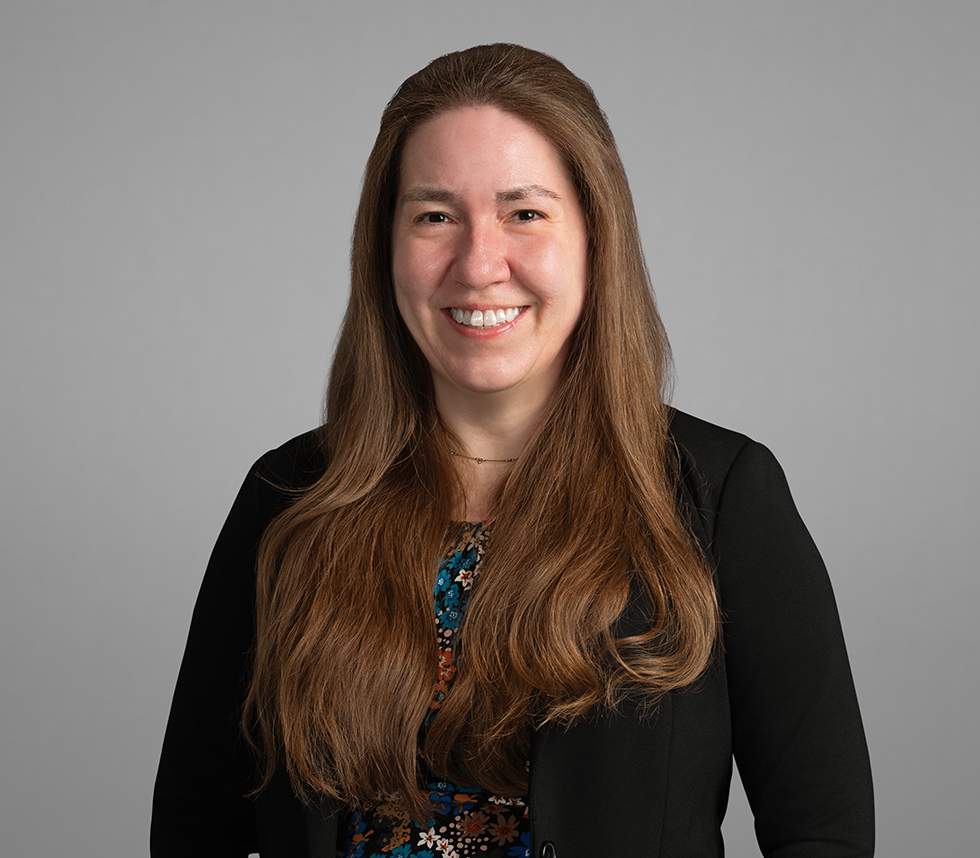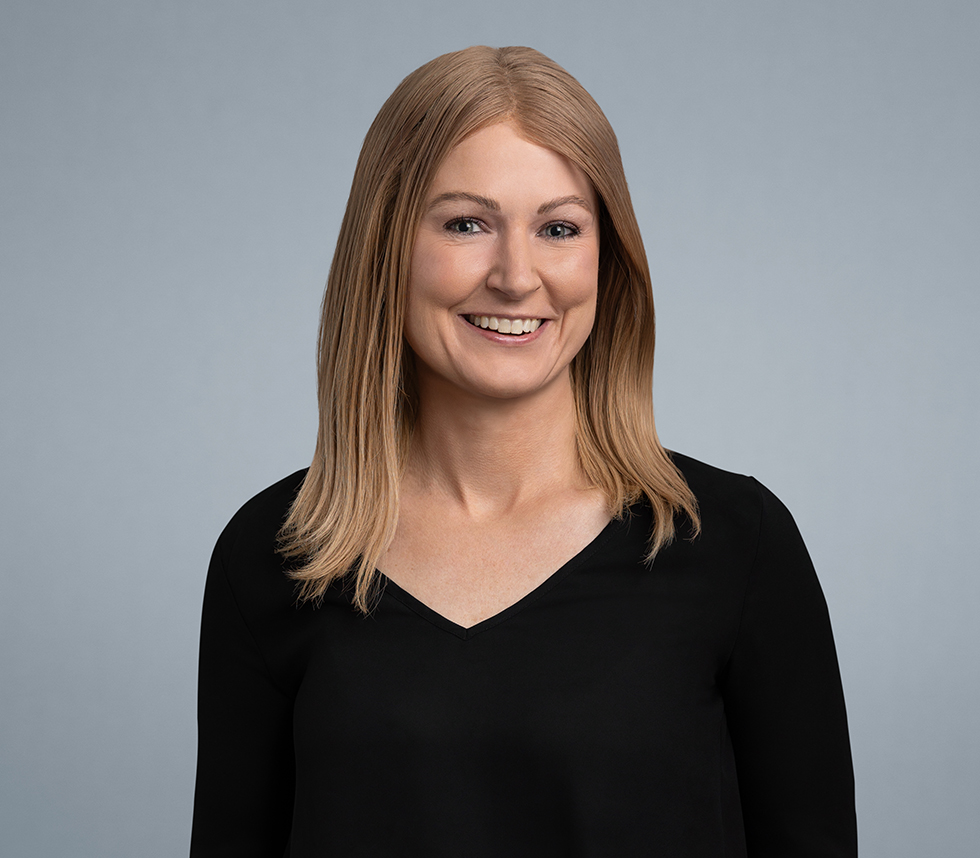
Geographic Arbitrage – One Firm’s Journey (Part 2)
Part 2
In my most recent post, I explained how the pandemic is shining a light on a key differentiator of our firm–geographic arbitrage. The big winners of geographic arbitrage are corporate general counsel, who get access to highly credentialed and experienced lawyers at a bottom-line-friendly price, and the talented law firm attorney who is looking for more buying power in a smaller community while enjoying the lower-stress and higher quality of life that the community has to offer. (To read about the perspective of one such attorney who made the move to Lincoln to join our firm as a result of geo-arbitrage, take a look at my colleague Trent’s recent blog post on the subject.)
Hilgers Graben is a pioneer of geographic arbitrage and has spent almost 10 years building a law firm around this concept. Our story is about the path of a one-person litigation team walking towards a truly re-engineered and re-imagined law firm—with big firm talent and truly differentiated price points. Like many other scrappy start-ups looking for any advantage, ours is a story of innovation-by-necessity.
Our journey began in Lincoln, Nebraska. I had moved back home to my native state after a circuitous loop through the central time zone—first, at college in Waco, Texas, then at the University of Chicago Law School, then completing a clerkship on the United States Court of Appeals for the Fifth Circuit in New Orleans, and finally working as a big firm associate at a large sophisticated litigation firm in Dallas. My wife and I moved back to Nebraska to start a family, emphasizing, like many newly married couples, the importance of a shorter commute, more time at home, and access to grandparents.
Like many people who move from bigger cities to smaller communities, I prioritized family and quality of life and (incorrectly) believed that in order to achieve those things I needed to trade away the kinds of professional opportunities that I could find in big cities. That was my initial experience coming home—I loved being around family and having a short commute, but I missed the challenge and variety of practicing law at a big firm. Working at a large law firm in a large city typically involves working on complex cases in courtrooms around the country, tackling hard issues, encountering a unique and varied mix of opposing counsel in jurisdictions around the country, and other intellectual challenges. While there were aspects of big law firm life that I did not like (the list will sound familiar to those who have tackled the grind of life as a big law associate), the intellectual challenge was something I missed.
So, I created my own office—litigation team of one—in Lincoln, Nebraska, a city that has less than 10% of the population of the Dallas-Fort Worth metro area. When I started my firm, I had three primary goals. First, I wanted to duplicate the intellectual challenge and work on the kinds of cases that I had worked on in my prior life. Second, I wanted to build a firm that flipped the culture of a big firm on its head: I wanted a “no jerks” culture that truly prioritizes family, relationships, and great work. And third, and most importantly, I wanted the thing to last long enough so that I did not have to quit and go back to working for someone else.
I really had no idea how to do any of those things and there was no playbook that I could find for building a firm in this way. There appeared to be only one route available to me—working at a big city firm—and it was a route that I was not pursuing.
If you would have told me 10 years ago that our firm would be blessed with amazing, talented, “no jerks” professionals who have bought into the firm’s culture and do first-class work around the country for large and small clients, I would have had a healthy dose of disbelief. But that is what we have done.
Looking back now, I can now see the path we went down to build the firm and business model that we have today, and from that retrospective, you can see real lessons for those who want to take advantage of the geographic arbitrage model in the future. In part three, I will look back at the different decision points and patterns to tease out those lessons from our firm’s journey.
